If you have just arrived in Barcelona, it may interest you to know that Spain is a country of 17 autonomous communities. Catalonia, the autonomous community that has Barcelona as its capital, has specific bank holidays.
Here is ShBarcelona‘s calendar for bank holidays and public days observed in Catalonia and Spain.
Table of Contents
Bank holidays
National bank holidays:
-


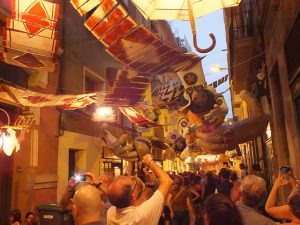
Photo by amaianos via Visualhunt
January 1st: Saint Sylvestre
- January 6th: Epiphany
- April 3rd: Good Friday
- May 1st: Labor Day
- August 15th: Assumption
- October 12th: Spanish National Day – Columbus Day
- November 1st: All Saints Day
- December 6th: Constitution Day
- December 8th: Immaculate Conception
- December 25th: Christmas
Catalonia bank holidays:
- April 6th: Easter Monday
- June 1st: public holiday in Barcelona
- June 24th: Saint Joan
- September 11th: National Day of Catalonia (La Diada)
- December 26th: Saint Etienne (Saint Esteve)
In Catalonia, Good Friday and Easter Monday allow a week off. This is the so-called “holy week”. For some years there has been a big debate about those missed workdays. The government, employers and trade unions decided to solve this problem by amending the legislation and changing some public holidays that fall on weekdays. So, August 15th, November 1st and December 6th, are subject to change in the next few years.
Some dates to remember:
- March 19th: Father’s Day
- March 29th: Summe rime
- May 3rd: Mother’s Day
- October 25th: Winter Time
Related article: Catalonia National Day | Tri-Centenary Celebrations In Barcelona
Traditional celebrations in Barcelona and Catalonia



Photo via Pixabay
New Year’s Day: an international public holiday. The Catalan tradition is to eat a grape at each midnight stroke.
January 6th: this is the day with the Three Kings Parade when they distribute candy to the children in the street. According to tradition, a pair of shoes must be put on the balcony.
February 12th: Santa Eulalia‘s day. Santa Eulalia is the patron saint of Barcelona. This is the day of arts and science awards.
Carnaval (first week of February): Carnival (Carnestoltes) in Barcelona is manifested through costumed parades and celebrations in the streets until Shrove Tuesday. A large parade of floats and carriages roams around on Saturday afternoon from Plaça Espanya then along Carrer de la Creu Coberta. Carnival ends on Ash Wednesday with the burial of the sardine. It is a carnival which refers to the 40 days of Lent. Everyone dresses up in the streets in Carnival.
Holy Week (last week of March): This is a week of local and religious festivals. It celebrates the death and passion of Olesa and passion of Esparreguera.
April 23rd: San Jorge (similar to Valentine’s Day)
May 18th: Museum Day. A day when museums are open and free to give everyone access to Barcelona’s culture.
The Patum of Berga: one of the most famous festivals in Catalonia. Giant mythological creatures march in the streets for three days in May.
Related article: Barcelona street celebrations create the perfect party atmosphere
23rd-24th of June: revetlla de Sant Juan and Sant Pere – Sant Joan bonfires. It is the longest night of summer when the population pays tribute to the Spanish witches by lighting bonfires in parks and beaches, with fireworks, firecrackers, and beach parties. Various religious festivals take place the following week.
15th-21st of August: Feast of Gracia. All areas of the city have their own party and compete with each other by decorating their streets. The best embellishment is awarded by Barcelona’s city hall. It is also an opportunity to participate in activities and concerts all over the city.
September 24th: Feast of La Merce, the largest in the city. Many events are set up to celebrate Catalan culture.



Photo via Pixabay
September 25th: Mostra de vins i cave, a wine festival where Spanish producers meet to present their products and specialties.
November 1st: the Castanyada (Halloween)
25th-26th of December: Christmas – the Catalan tradition is manifested through the Tio de Navidad (Christmas log). This is a hollow trunk with a face, covered with a blanket and “fed” every night from December 8th. On Christmas night, the family gathers to sing songs and beat it with sticks so that it “poops out” gifts.









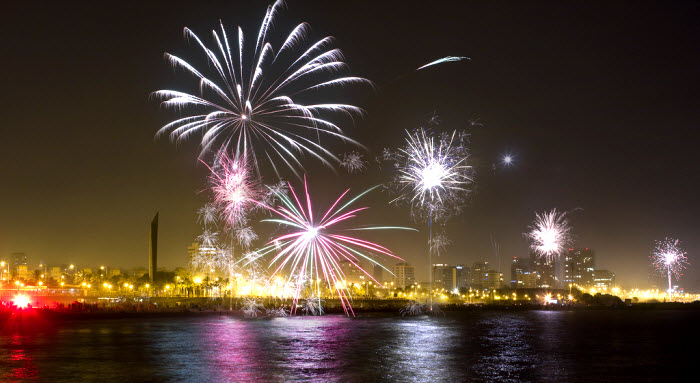

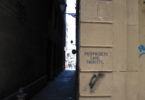



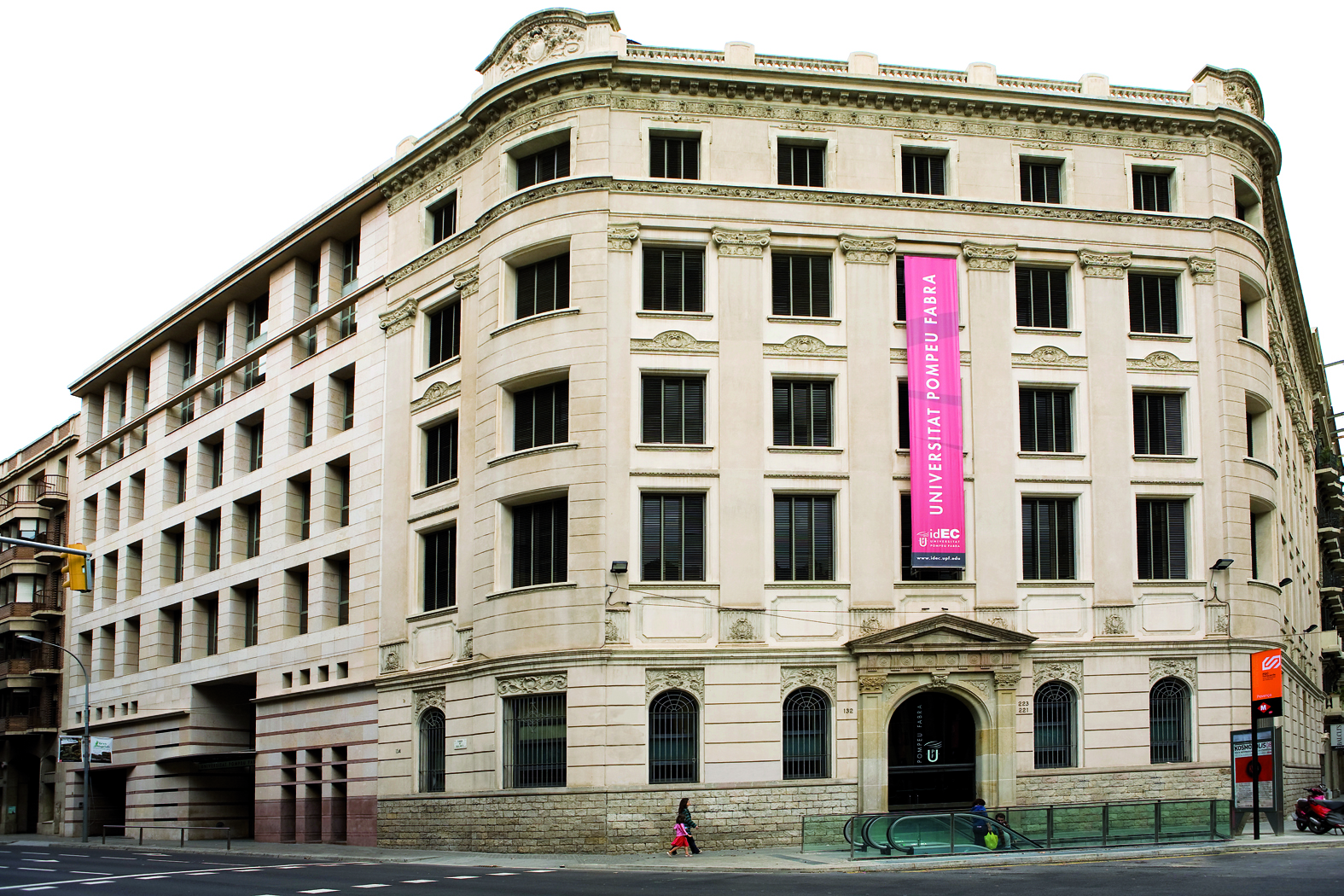

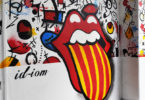

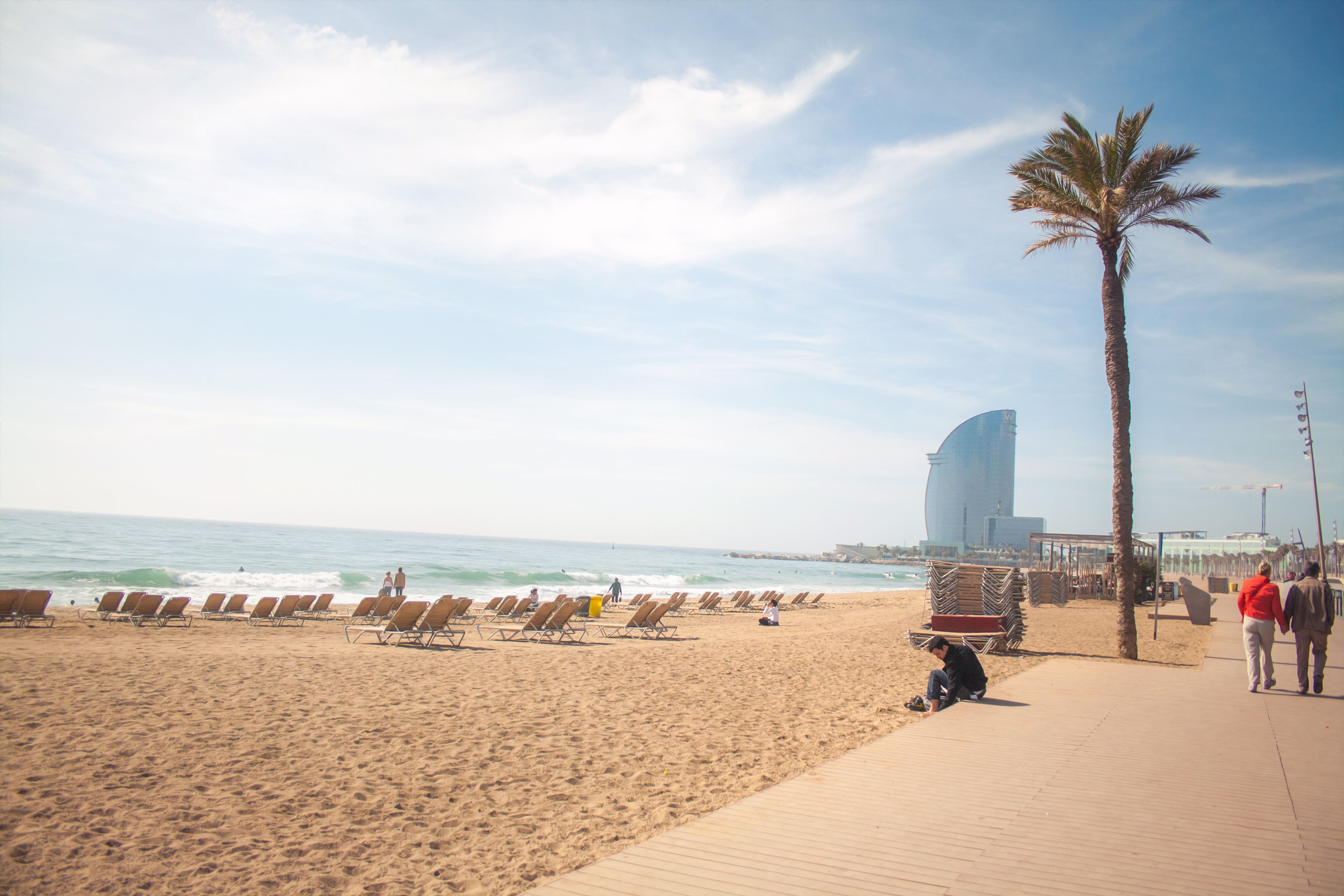

Leave a Comment